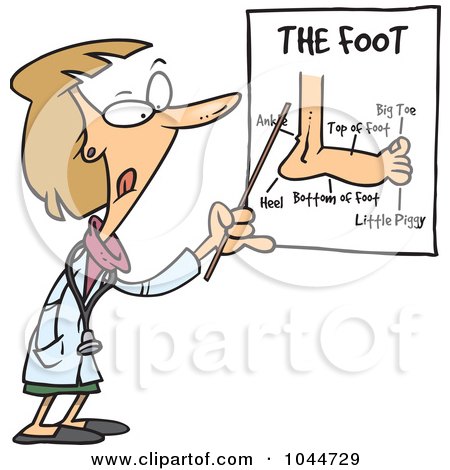Do you feel a stabbing pain in your heel with your first steps out of bed in the morning? You’re not alone! Every day, thousands of Americans suffer from this condition. Plantar fasciitis, more commonly known as heel pain, is by far, the most common complaint seen in my office.
Aching heels can truly affect your lifestyle and disrupt essential activities and prevent you, to a large extent, from playing sports or simply going for a walk. An accurate and expedient diagnosis of the cause of your symptoms will help you receive the appropriate treatment.
There are several causes of heel pain. The most common include:
Plantar Fasciitis – Inflammation of the band of fibrous connective tissue (fascia) running along the bottom (plantar) surface of the foot, from the heel to the ball of the foot. Both heel pain and heel spurs are frequently associated with plantar fasciitis.
Heel Spurs – A bony growth on the underside of the heel bone. The spur, visible by X-ray, appears as a protrusion that can extend forward as much as half an inch. Heel spurs can result from strain on the ball of the foot and repeated tearing away of the lining or membrane that covers the heel bone. Contrary to popular belief, heel spurs are generally not the cause of pain—the pain you may feel is from inflammation of the plantar fascia.
Excessive Pronation – Excessive inward motion can create an abnormal amount of stretching and pulling on the ligaments and tendons that attach to the bottom back part of the heel bone. Excessive pronation may also contribute to injury to the hip, knee, and lower back.
Achilles Tendinitis – Pain at the back of the heel is associated with Achilles tendinitis, which is inflammation of the Achilles tendon as it runs behind the ankle and inserts on the back surface of the heel bone.
Other possible causes of heel pain include rheumatoid arthritis and other forms of arthritis (e.g., gout); Haglund’s deformity (a bone enlargement at the back of the heel bone in the area where the Achilles tendon attaches to the bone); inflamed bursa (“bursitis”), a small, irritated sac of fluid; neuromas (nerve growths) or other soft-tissue growths; and bruises or contusions, which involve inflammation of the tissues that cover the heel bone. A bone bruise is a sharply painful injury caused by the direct impact of a hard object or surface on the foot.
Some contributing factors associated with heel pain are:
-A
ge: With increasing age, often there is decreasing flexibility.
-Any sudden change in activity: Particularly activities that increase weight bearing or pressure on the foot
-Flat, pronated feet or high-arched feet-A sudden increase in weight: Such as pregnancy
-
stress from an injury: A bruise incurred while walking, running, or jumping on hard surfaces
Seeking medical attention is the first line of defense in treating heel pain. However, there are several steps you can take to avoid heel pain in the first place:
-Wear shoes that fit well and have shock-absorbent soles, rigid shanks (the part of the shoe that supports the foot and helps give a shoe its structure), and a supportive heel counter (the rear-most part of the shoe, at the back of the heel above the sole)
-Wear the proper shoes for each activity
-Do not wear shoes with excessive wear on heels or soles
-Begin exercises slowly
-Wear athletic shoes with good shock support in the heels
-Purchase shoes that fit
-Avoid activities that may put constant strain on the foot
-Avoid going barefoot on all surfaces
A variety of treatment solutions are available to provide short and long-term pain relief. Begin treating heel pain by avoiding all sorts of pressure or tension on the inflamed area, giving your feet ample rest. Applying ice and heat packs in alternating fashion will greatly accelerate the process of healing. Another option is the use of custom insoles. Custom insoles may assist with treating active conditions of heel pain and likewise reduce the risk for reoccurrence. The custom insole will restore body balance and prevent the plantar fascia from experiencing strain when you walk. If all non-invasive treatment solutions do not work, surgery is probably the best next option.
Regular exercise for calf muscles and the plantar fascia is necessary to alleviate pain and improve flexibility of the affected muscle. These exercises are advised for both legs even if the pain is in one heel only. Some of the most beneficial exercises are:
Towel stretches – This exercise should be done every morning before you leave your bed. Make a loop with a towel and use it to pull your toes toward your body, while keeping the knee straight. Stretch each foot three times, and hold each stretch for 30 seconds, if possible.
Stair stretches – Stand tall on a staircase with the balls of both feet on
the edge of the step. Place hands on the railing or the wall for balance and support. Slowly lower heels toward the floor until you feel a stretch in your lower leg and heels. Maintain the stretch for 10 to 15 seconds. Repeat this exercise six times, and perform the stretches twice every day.
Wall-leaning Stretch – Stand an arm’s length away from a wall, place both hands on the wall at shoulder height, with the feet slightly apart and one foot in ront of the other. Your front knee should be bent, but the back knee should be straight while you lean toward the wall. Hold the position for 10 seconds at a time for up to 15 or 20 repetitions per leg.
If you are unsure of the cause of your symptoms, if pain is severe, or if you have the following symptoms, please call our office immediately:
_ Inability to bend your foot downward.
_ Inability to rise on your toes.
_ Inability to walk comfortably on the affected side.
_ Swelling or discoloration of the back of the foot.
_ Heel pain that occurs at night or while resting.
_ Heel pain that persists beyond a few days.
Heel pain does not always subside quickly after medical attention is received. Unfortunately, it may take several months before the pain is actually gone. In most cases, heel pain can be treated at home under a podiatric physician’s supervision.
If you or someone you know is suffering from heel pain, please give our office a call for consultation, 440-946-5858.
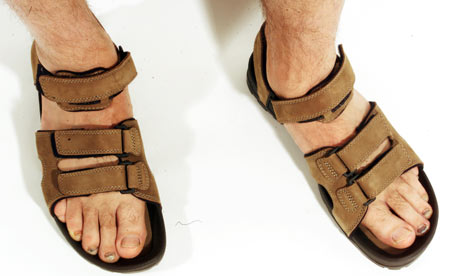 Footwear has come a long way since Roman armies conquered an empire wearing only sandals on their feet. But what’s old is new again. Recent market research reveals sales of men’s sandals jumped 20 percent between 2005 and 2007.
Footwear has come a long way since Roman armies conquered an empire wearing only sandals on their feet. But what’s old is new again. Recent market research reveals sales of men’s sandals jumped 20 percent between 2005 and 2007.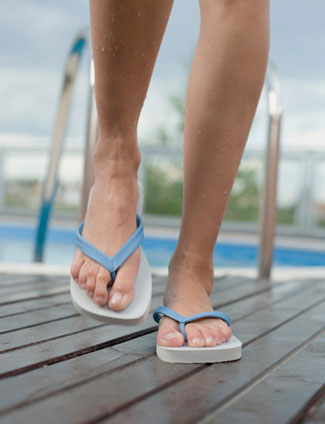


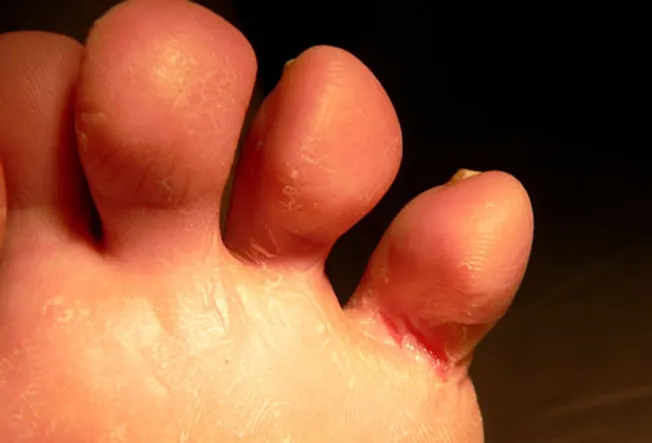

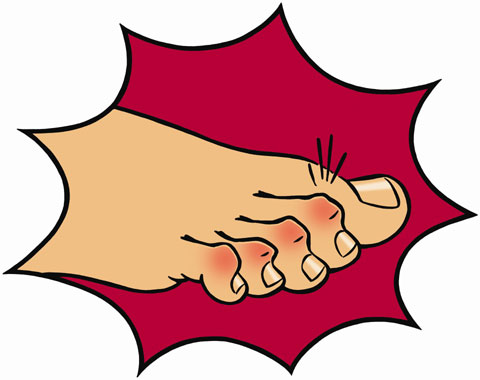

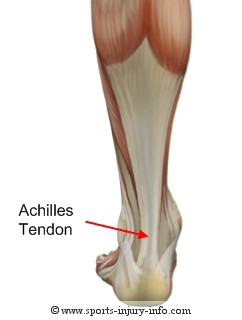

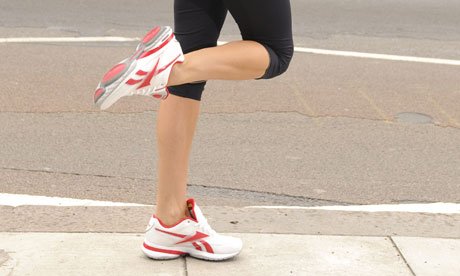
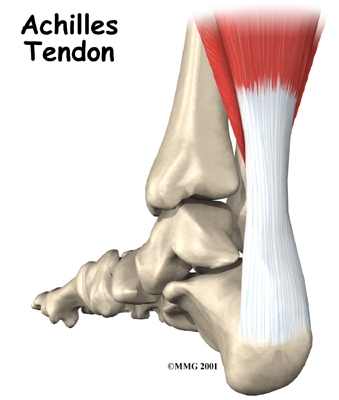




 There has been a great advancements in the treatment of great toe arthritis, also known as hallux limitus and/or hallux ridigus. The terms commonly used refer to the latin term for limited to no motion, which is the main complaint that patients will have when they present for this condition. There is no clear understanding of the cause of hallux limitus/rigidus, but the main understanding is it may be due to trauma or chronic mechanical overload of the joint with abnormal weight bearing. The limited motion in the great toe joint is due to bone spurring and arthritis of the joint which causes jamming and pain.
There has been a great advancements in the treatment of great toe arthritis, also known as hallux limitus and/or hallux ridigus. The terms commonly used refer to the latin term for limited to no motion, which is the main complaint that patients will have when they present for this condition. There is no clear understanding of the cause of hallux limitus/rigidus, but the main understanding is it may be due to trauma or chronic mechanical overload of the joint with abnormal weight bearing. The limited motion in the great toe joint is due to bone spurring and arthritis of the joint which causes jamming and pain.